While budget travel is alluring, some travelers seek the ultimate luxury and are willing to explore the most expensive destinations on the planet. In this list of the top 10 expensive countries in the world to visit, we’ll explore places where opulence knows no bounds, where extravagant experiences and lavish lifestyles are the norm.
1. Switzerland
Switzerland is synonymous with luxury, known for its pristine landscapes, world-class ski resorts, and luxurious accommodations in cities like Zurich and Geneva. Switzerland’s reputation as an expensive travel destination is well-deserved. From sky-high accommodation costs to restaurant bills that can make your eyes water, it’s definitely not a budget-friendly country.
Excellent infrastructure: Think pristine roads, reliable public transportation, and well-maintained facilities.
Top-notch healthcare system: Swiss healthcare is renowned for its efficiency and quality, contributing to the country’s overall well-being.
High wages: Swiss workers earn some of the highest salaries in the world, naturally leading to higher costs for goods and services.

2. Monaco
The tiny city-state of Monaco is famous for its glitzy casinos, superyachts, and high-end shopping. It’s a playground for the rich and famous. With a mere 2.02 square kilometers of land, Monaco is the second smallest country in the world. This scarcity drives up everything from real estate prices to the cost of everyday products. Think prime beachfront property commanding multi-million dollar price tags!
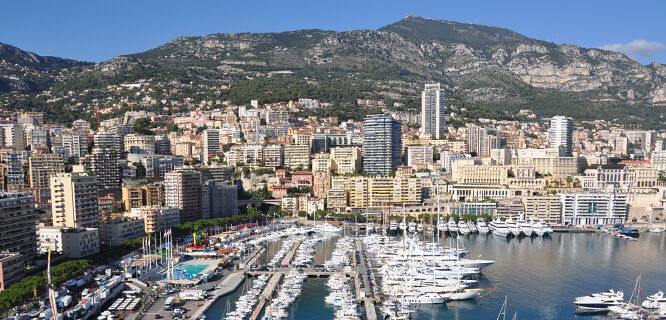
3. Norway
Norway, with its stunning fjords and natural beauty, is also one of the world’s most expensive destinations. Accommodations, dining, and transportation can all add up quickly. Norway’s mountainous terrain and long coastline limit the amount of land available for agriculture and manufacturing. This scarcity drives up the price of locally produced goods, especially food.
The Norwegian krone is a strong currency, making Norway relatively expensive for visitors from countries with weaker currencies.
Norway protects its domestic industries by imposing high import duties on certain goods, making imported products like fruits and vegetables expensive. Additionally, strict regulations ensure high-quality standards for everything, often at a premium price.
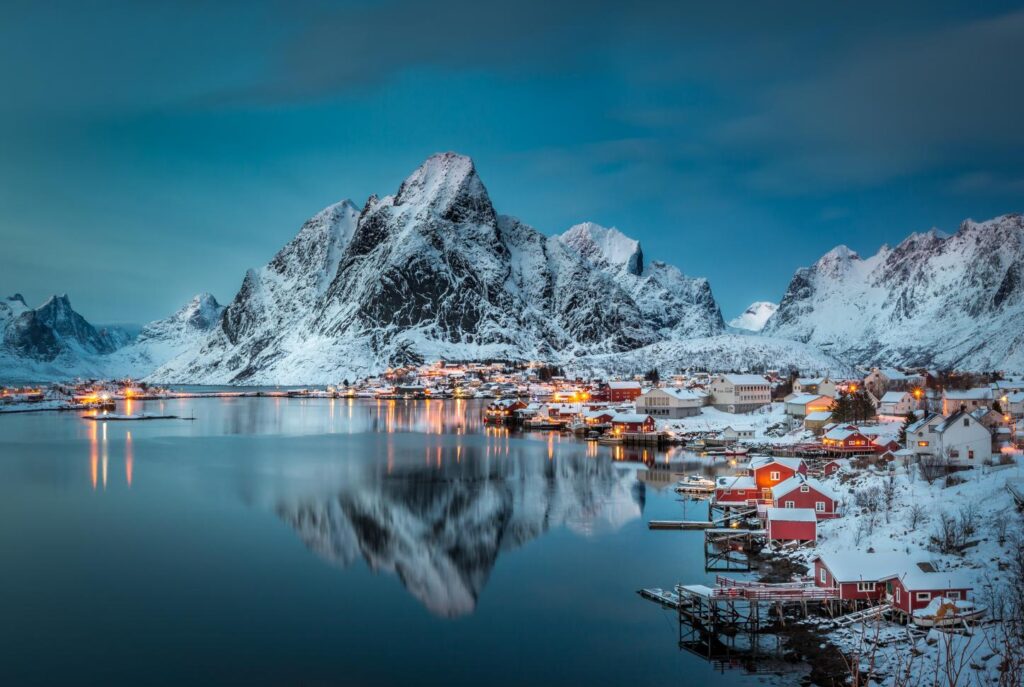
4. Iceland
Iceland, with its unique landscapes, geothermal spas, and luxury retreats, offers extravagant experiences amidst the natural wonders of the North Atlantic.
Iceland consistently ranks among the top countries in terms of human development and quality of life. This translates to excellent infrastructure, top-notch healthcare, and high wages for workers, naturally leading to higher costs for goods and services.
Yes, Iceland is known for being an expensive country to visit. Several factors contribute to its high cost:
Remote location: Situated in the North Atlantic Ocean, far from mainland Europe, Iceland incurs high transportation costs for everything from food and fuel to building materials and consumer goods. This isolation also limits resources and necessitates importing most things, driving up prices.
Strong Icelandic króna: The Icelandic króna is a strong currency compared to currencies in many other countries. This can significantly increase the cost of travel and everyday expenses for visitors.
Limited local production: Due to its volcanic landscape and harsh climate, Iceland has limited landmass suitable for agriculture and manufacturing. This dependence on imports further inflates costs, especially for fresh food and souvenirs.
High Standard of Living: Iceland consistently ranks among the top countries in terms of human development and quality of life. This translates to excellent infrastructure, top-notch healthcare, and high wages for workers, naturally leading to higher costs for goods and services.
High Demand and Limited Supply: Popular tourist destinations in Iceland experience high demand, especially during peak season. With limited options for accommodation and dining, businesses can command premium prices.
Value-Added Tax (VAT): A 24% VAT applies to most goods and services in Iceland, adding to the overall cost of your stay.
However, the high cost comes with certain advantages:
- Unparalleled Beauty: Iceland boasts breathtaking landscapes with glaciers, volcanoes, waterfalls, geothermal pools, and dramatic scenery.
- Unique Experiences: From glacier hiking and whale watching to exploring geothermal lagoons and soaking in natural hot springs, Iceland offers unforgettable experiences.
- Safety and Security: Iceland enjoys a very low crime rate and a strong focus on security, making it a safe haven for travelers.
Whether the high cost is worth it depends on your budget and priorities:
- For those seeking a unique and adventurous escape with stunning scenery and unique experiences, Iceland might be worth the splurge.
- However, if you’re on a tighter budget, other destinations offer equally compelling experiences at a fraction of the price.
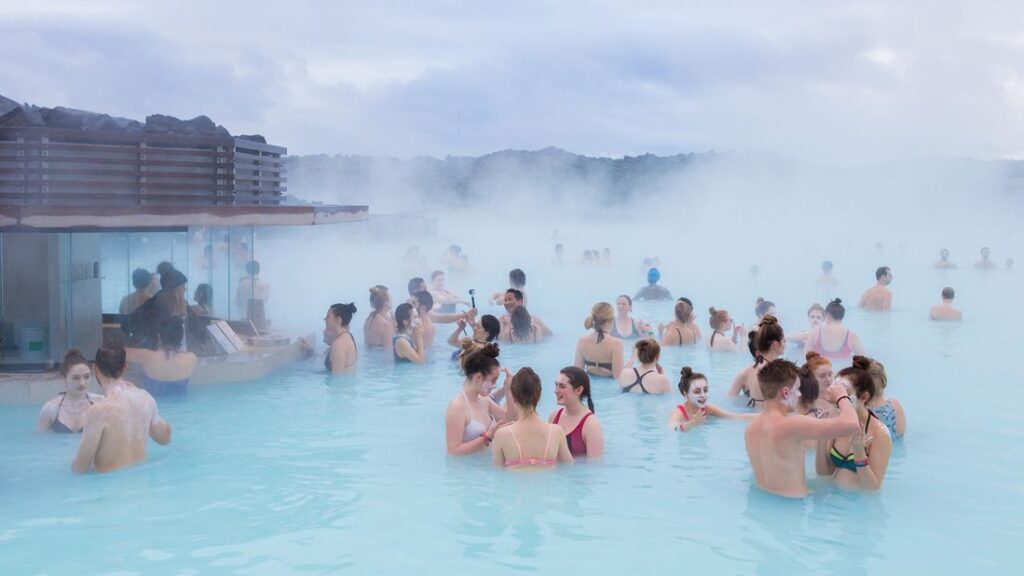
5. Singapore
Singapore is a city of superlatives with its opulent hotels, Michelin-starred restaurants, and high-end shopping along Orchard Road.
- Compared to major cities like New York or London, Singapore can be slightly less expensive in some areas like transportation and utilities.
- However, it’s significantly more expensive than most Southeast Asian countries and comparable to other developed Asian cities like Hong Kong and Tokyo.
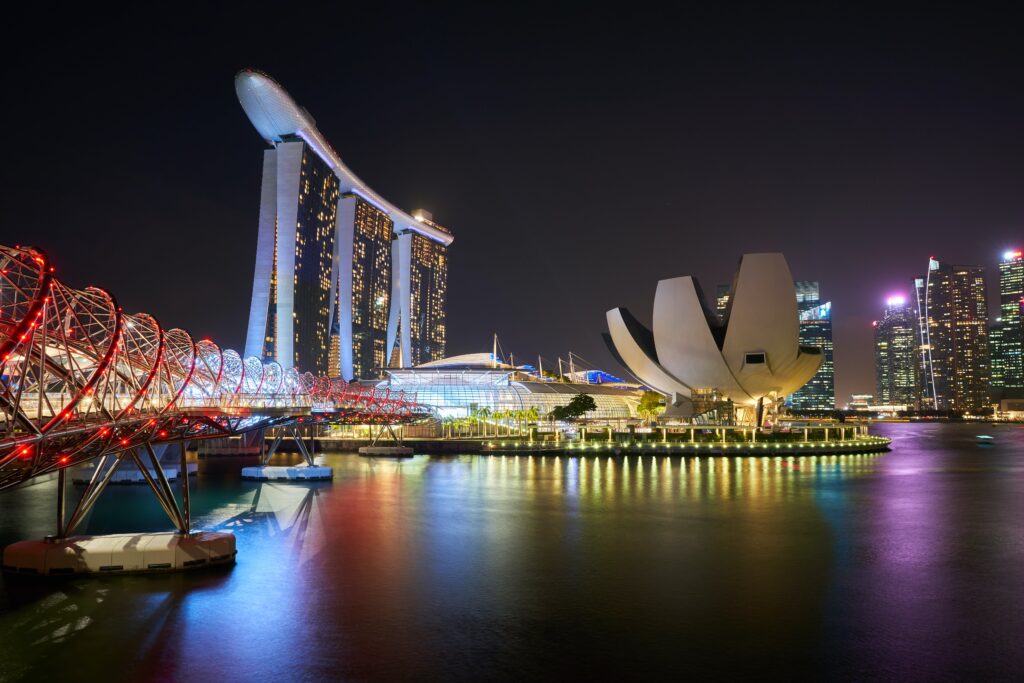
6. Seychelles
Situated in the Indian Ocean, thousands of kilometers from mainland Africa, Seychelles is an archipelago with limited landmass and natural resources. This isolation makes it challenging and expensive to import goods, from food and fuel to building materials and consumer products. Transportation costs add to the final price of everything, inflating overall expenses.
Seychelles heavily relies on tourism as its primary source of income. This dependence allows businesses to cater to a luxury market, charging premium prices for accommodation, dining, and activities. The limited supply of these services, especially during peak season, further drives up prices.
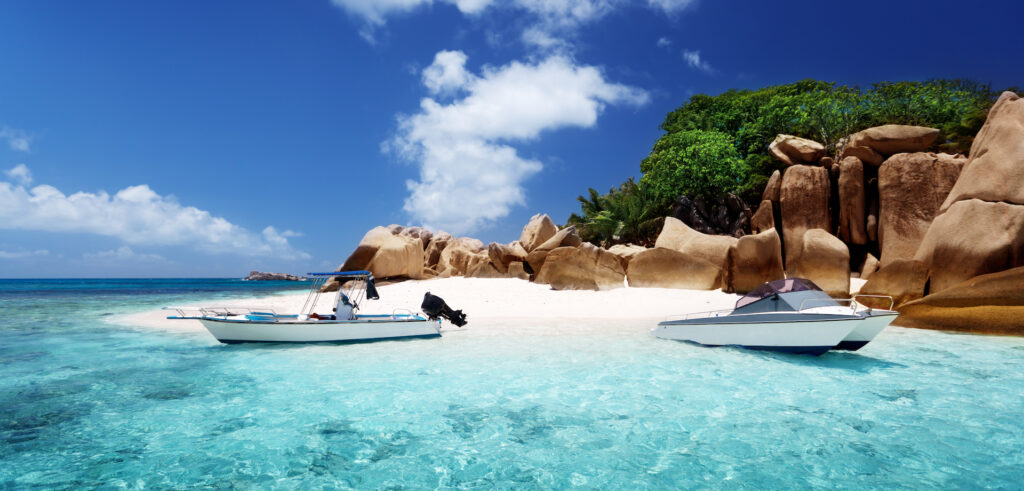
7. United Arab Emirates (UAE)
The UAE, particularly Dubai and Abu Dhabi, is synonymous with extravagance. From towering skyscrapers to luxury shopping and fine dining, the country epitomizes luxury.
The UAE lacks abundant natural resources and fertile land, relying heavily on imports for everything from food and fuel to furniture and consumer goods. This import dependence adds transportation costs and import duties, inflating prices across the board.
The UAE dirham is pegged to the US dollar, making it a strong currency compared to currencies in many other countries. This can significantly increase the cost of travel and everyday expenses for visitors.
The UAE strives for a high quality of life for its citizens. This translates to excellent infrastructure, efficient public transportation, top-notch healthcare, and high wages for workers. While providing a comfortable life, these factors contribute to higher costs of living and doing business.
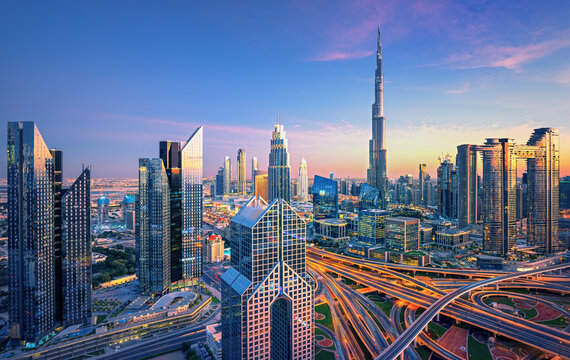
8. Japan
Japan, while offering a blend of tradition and modernity, can also be an expensive destination. High-end accommodations and dining can elevate your trip to luxury levels.
- Excellent infrastructure: Think pristine bullet trains, efficient public transportation, and well-maintained facilities.
- Top-notch healthcare system: Renowned for its efficiency and quality, Japan’s healthcare contributes to the overall wellbeing and cost of living.
- High wages: Japanese workers earn some of the highest salaries in the world, naturally leading to higher costs for goods and services.

9. French Polynesia
French Polynesia, including Tahiti and Bora Bora, is a destination for those seeking overwater bungalows, private yacht charters, and unparalleled luxury.
- Unparalleled beauty: French Polynesia boasts breathtaking landscapes with turquoise waters, pristine beaches, lush rainforests, and vibrant coral reefs.
- Unique experiences: From diving in coral reefs to swimming with dolphins, exploring Polynesian culture, and enjoying luxurious pampering, French Polynesia offers unforgettable experiences.
- Safety and security: The region has a very low crime rate and a strong focus on security, making it a safe haven for travelers.
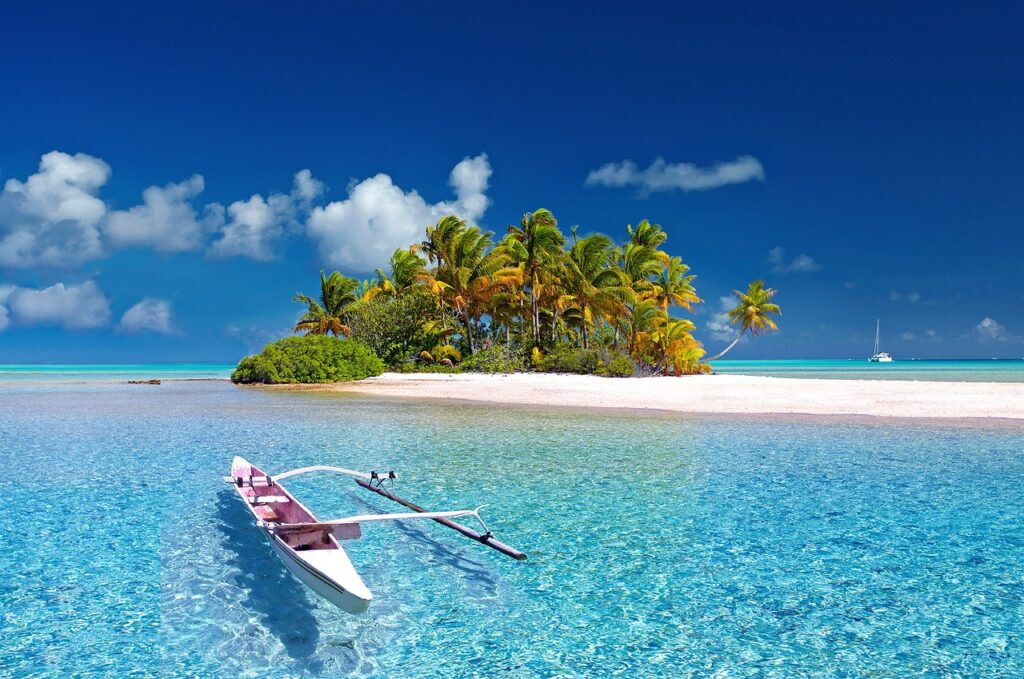
10. Maldives
The Maldives, with its exclusive overwater villas, underwater restaurants, and pristine coral reefs, is the epitome of a luxury tropical escape.
Exclusive Luxury Niche: The Maldives caters to a luxury market, offering opulent resorts and private islands with personalized service and premium amenities. This exclusivity naturally comes at a premium price.
- Limited supply: With a finite number of islands and resorts, demand often outstrips supply, especially during peak season. This allows businesses to charge higher prices for accommodation, dining, and activities.
- High service standards: Personalized service, private butlers, and exclusive experiences add to the overall cost but contribute to the luxurious and pampered feeling.
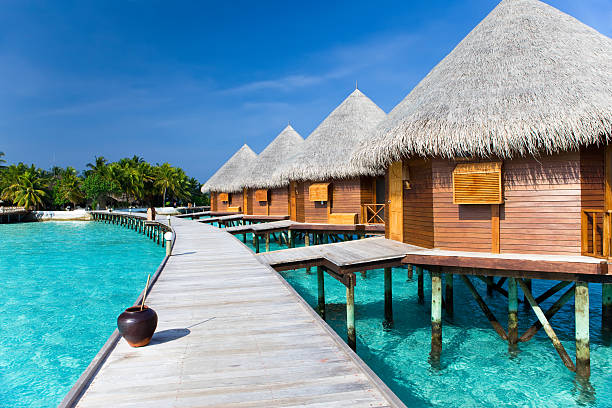
These top 10 expensive countries in the world to visit are playgrounds for the rich and famous. They offer exclusive experiences, lavish accommodations, and extravagant lifestyles for those who seek the pinnacle of luxury. Whether you’re looking to indulge in world-class cuisine, stay in opulent accommodations, or simply enjoy the finest things in life, these destinations cater to the most discerning travelers seeking a taste of the extraordinary.

